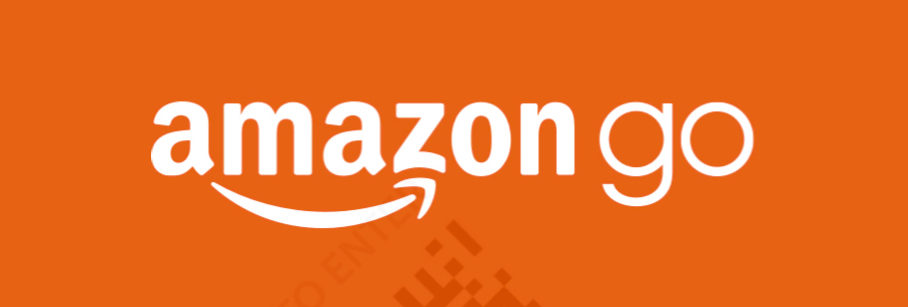After our first visit to Amazon Go, Amazon’s automated retail store in Seattle, we’re not surprised to hear the company has plans to open up to six more cashierless convenience stores later this year.
Our experience was flawless, leaving us increasingly confident that Amazon is best positioned to own the operating system of automated retail. Eventually, we expect Amazon to make this technology available to other retailers, as they have with Fulfillment by Amazon (FBA) and Amazon Web Services (AWS), expanding their dominance into brick and mortar.
The $50B automated retail opportunity. In 2016 there were 3.5 million cashiers in the U.S., according to the Department of Labor, with an average salary of $13,574, according to Data USA. That makes for a nearly $50 billion opportunity in cashierless retail that Amazon is well positioned to attack. Of those 3.5 million cashiers, 323,000 are convenience store or gas station employees, or 9% of the cashier workforce. The automated retail space is getting more and more crowded, but the Go store suggests that Amazon has the pole position.
Why we think Amazon will license the Go technology. Just as Amazon did with FBA and, to a lesser extent, AWS, Amazon is initially building a backend infrastructure for its own use with Amazon Go. And just like FBA and AWS, that infrastructure gets more valuable as it scales. The Amazon Go backend gives the company a trojan horse into the brick and mortar retail space, clearly an area of interest given the Whole Foods acquisition. Perhaps the more critical question is why a retailer would work with Amazon? Our answer is the same as it is with all of Amazon’s best offerings: convenience. Retailers would have a turnkey solution for automated retail. While larger stores like Walmart and Target may not want to use the technology for competitive reasons, branded retail stores (like a Nike store) may be a fit if Amazon can create a product that helps save the retailer labor and processing costs.
The Amazon Go experience. Amazon Go builds on the company’s core competence of convenience by automating the store with no cashiers or checkout lanes. Scan your phone on entry, grab your items, exit. In one test we bought a can of La Croix in 23 seconds. It felt like two parts magic and one part theft.
A few observations from our visit:
- No cashiers, but lots of employees: mostly chefs assembling the prepared food, one ID checker in the beer and wine section, a greeter/security guard, and a few stockers replenishing shelves, bags, and plasticware.
- Signage with instructions everywhere: download the app, scan your phone here, just walk out; clearly, there is a great deal of consumer education at work.
- Quickly builds trust: By my second or third trip, I was certain that the store was capturing and changing my items as I grabbed and replaced items throughout a visit.
- Felt more like a tourist destination than a convenience store: most shoppers were taking pictures or video inside the store.
- All about speed: Signage, taglines, the Just Walk Out Technology, the app, even the receipt all focused on the trip time (my record: 23 seconds for 1 item).
- No chat: I never spoke to anyone or interacted with a person during several visits to the store.
- Don’t linger: I found a seat at a nearby Starbucks (notable) where I could jot down my observations after visiting the Go store. There were 10 people in line at Starbucks, waiting to order, and another 5 people waiting where 8 baristas behind a waist-high coffee bar called out customer names and handed them personalized cups of coffee. It was a stark contrast to the can of La Croix I had just grabbed off the shelf at Amazon Go and paid for via the magic of cameras and the internet.
We envision the future of retail in three categories: 1. online retail (e.g., Amazon.com), 2. automated retail (e.g., Amazon Go), and 3. Empathic retail (personalized services based on mutual understanding or empathy; more here). Amazon has already won the online space and Amazon Go could prove to be the operating system of automated retail. We’re bullish on the empathic retail space partly because it’s outside of Amazon’s core competency (convenience), leaving room for others to succeed.
Disclaimer: We actively write about the themes in which we invest: virtual reality, augmented reality, artificial intelligence, and robotics. From time to time, we will write about companies that are in our portfolio. Content on this site including opinions on specific themes in technology, market estimates, and estimates and commentary regarding publicly traded or private companies is not intended for use in making investment decisions. We hold no obligation to update any of our projections. We express no warranties about any estimates or opinions we make.
